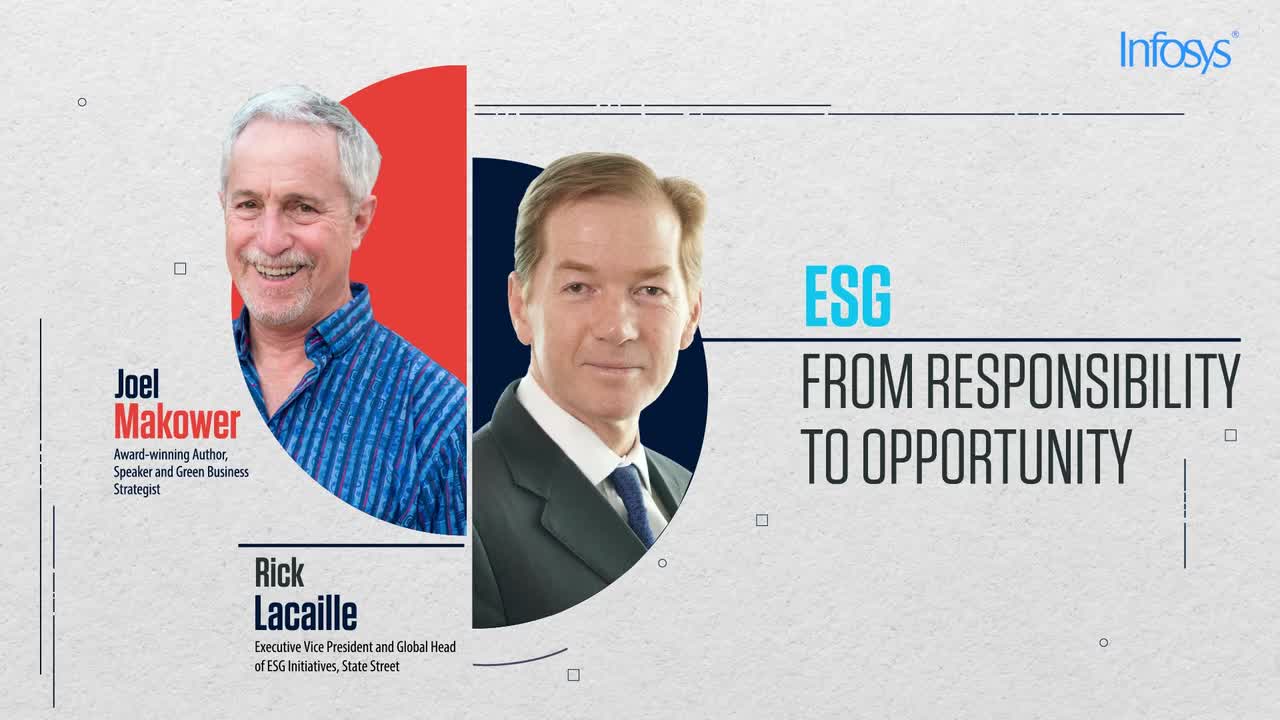How State Street evaluates businesses on their potential to achieve carbon neutrality
Rick Lacaille
Executive Vice President and Global Head of ESG Initiatives, State Street
Rick Lacaille is Executive Vice President and Global Head of ESG initiatives at the financial services company State Street. He spoke recently with Joel Makower, CEO and founder of GreenBiz, about how the company approaches ESG issues.
Before taking his current role, Lacaille was Global Chief Investment Officer at State Street Global Advisors, where he says he “saw the growing importance of E, S, and G as a driver of returns and risk from an investment perspective.” One of the big challenges with ESG is data: “You're asking for information, which companies are not necessarily obliged to disclose, so they may disclose it, but in a way that's not entirely consistent between one company or one country and another.” But greater consistency may be ahead, he says, thanks to global initiatives like the International Sustainable Standards Board. That board has built on the work of the International Financial Reporting Standards (IFRS) to create common standards that would give more consistency to company disclosures.
He also says that existing data may be misleading. “If we reduce everything to the current data that's readily available, which would be their CO2 emissions or the carbon intensity this year, we may be missing the point. That business may be in transformation, it may be quite a long-term transformation, but its attractiveness as an investment, but also its positive impact on the wider world, can't really be described unless you understand what that journey looks like in the next five or ten years.”
Asked about the untapped ESG opportunity for State Street, Lacaille points to “several decades of quite substantial change in the way that we are producing energy around the world,” particularly given that there is going to be “a very large capital expenditure requirement to make that transformation. I think that will result in many risks and many opportunities.”
He points to another period of economic transformation, involving railroads in the 19th century, and the booms and busts that followed. Keeping that in mind, Lacaille says “State Street can help its clients both as an asset manager, as a servicer, by understanding more clearly what the risks and opportunities are and helping them to navigate it. . . . It will be a multi-decade process and we need to be prepared for it.”













